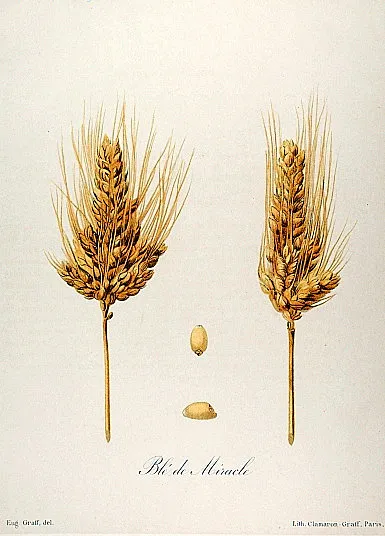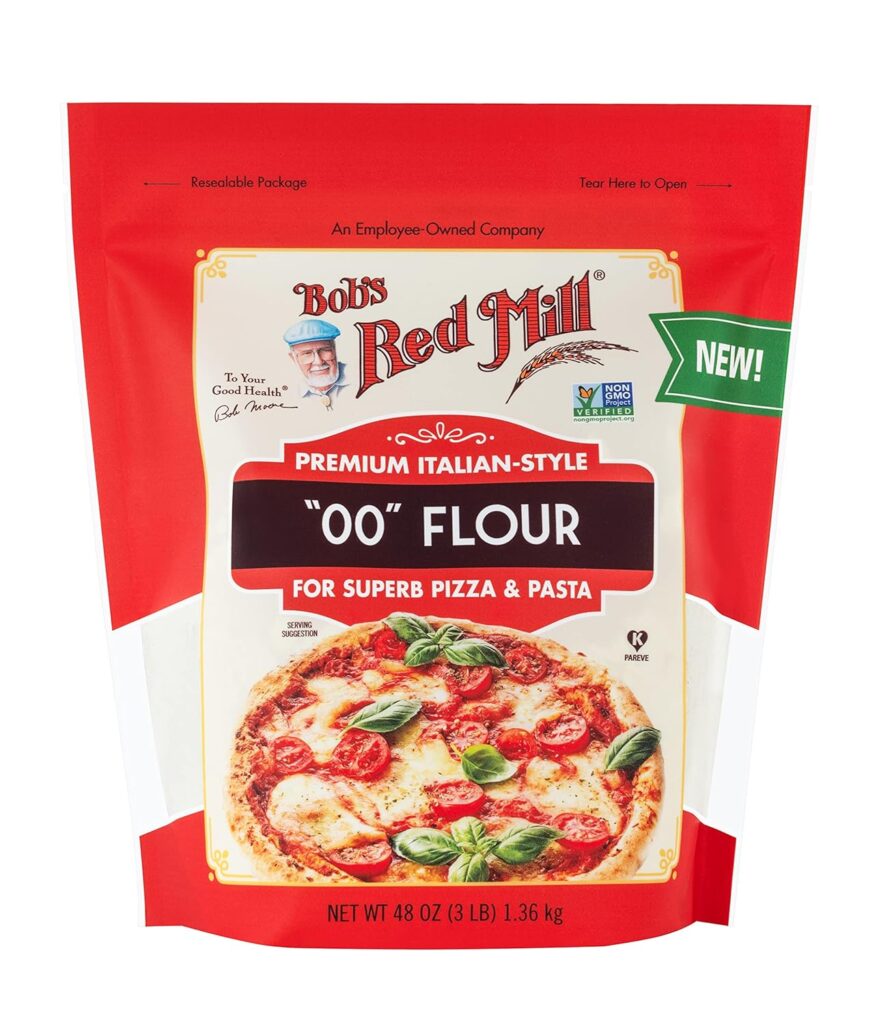Understanding the Differences Between American and Italian Flour
Flour, a staple in baking, varies significantly between countries, especially between the U.S. and Italy. These differences arise from factors like wheat type, milling processes, and regulations, leading to noticeable contrasts in texture, performance, and flavor.
1. Wheat Variety
- American Flour: Typically milled from hard red wheat, rich in protein and gluten, making it ideal for bread and hearty baked goods.
- Italian Flour: Often comes from soft wheat varieties with lower protein, resulting in a finer texture suited for pastries, pasta, and delicate breads.

2. Gluten Content
- Italian flour generally has lower gluten levels, offering softer, more elastic doughs. This is key for pizza crusts and pastas that require lightness without excessive chewiness.
- American flour, especially all-purpose and bread flour, is higher in gluten, yielding sturdier structures for sourdoughs and bagels.
3. Classification Systems
- In the U.S., flour is labeled by its intended use (e.g., bread, pastry, or all-purpose) and sometimes by protein percentage.
- Italian flours use a grading system, such as “00,” “0,” “1,” and “2,” reflecting the fineness of the grind. “00” is the finest, producing silky doughs, while coarser grades are used for rustic breads.
4. Additives
- U.S. flour is often enriched with vitamins and minerals and might contain preservatives to extend shelf life.
- Italian flour is more likely to be minimally processed and free of additives, aligning with traditional culinary practices.
5. Flavor Profiles
- Italian flour tends to have a milder, more natural taste, complementing Mediterranean dishes.
- American flour can taste more robust, depending on the wheat variety and processing.

6. Water Absorption
- Due to differences in gluten and grind, Italian flours often require less water than their American counterparts in recipes.
Practical Tips:
- When baking Italian recipes in the U.S., opt for “00” flour for authenticity, available in specialty stores.
- For American recipes in Italy, mix flours to adjust protein levels or experiment with local varieties for a unique spin.
These flour distinctions highlight the cultural and agricultural influences shaping baking traditions on both sides of the Atlantic. Whether crafting a Neapolitan pizza or a classic sourdough loaf, understanding these nuances ensures better results and a deeper appreciation for regional culinary arts.


